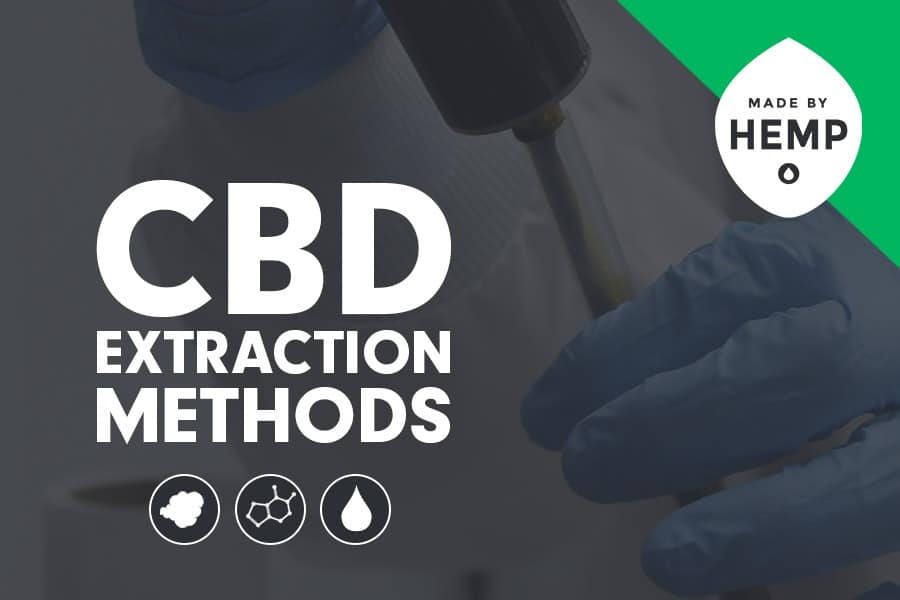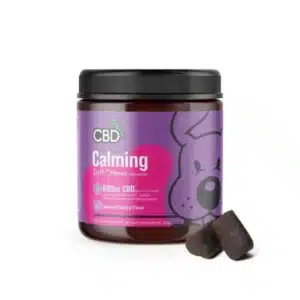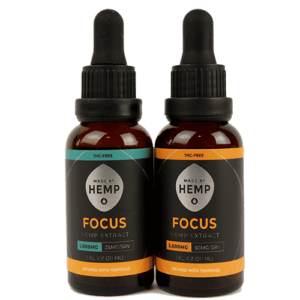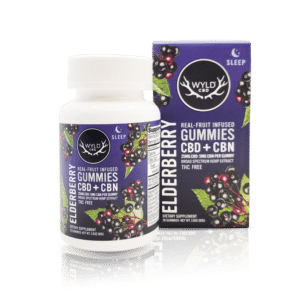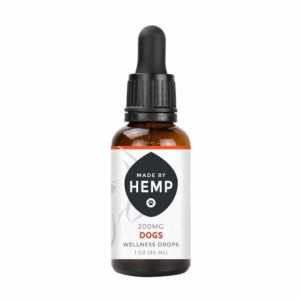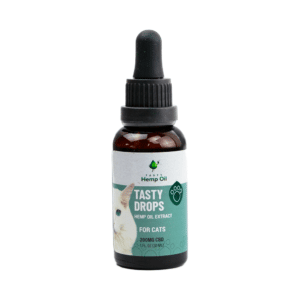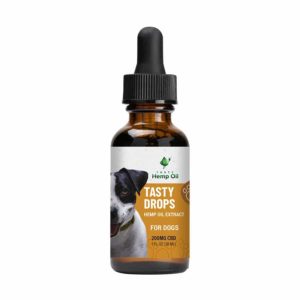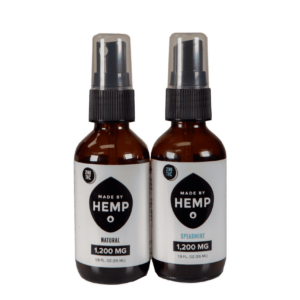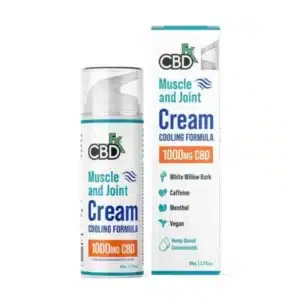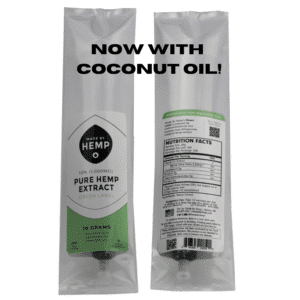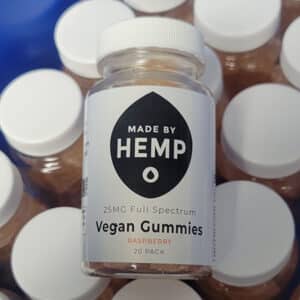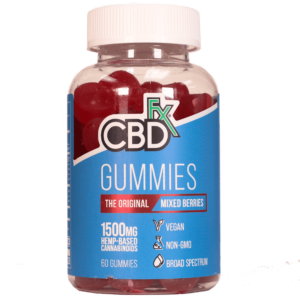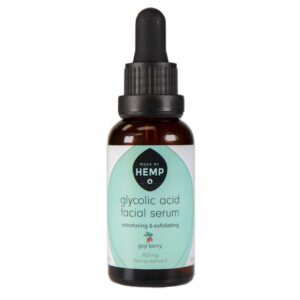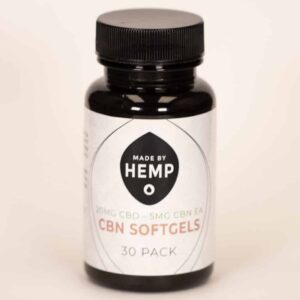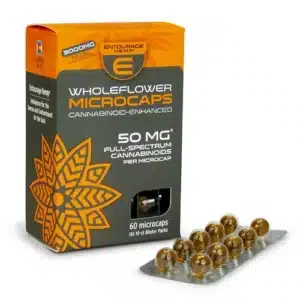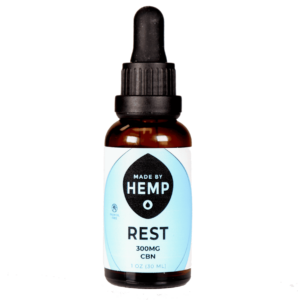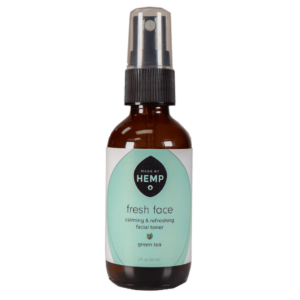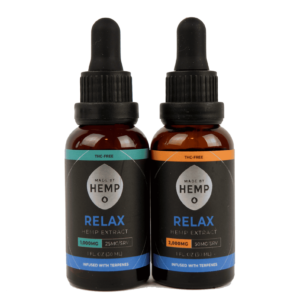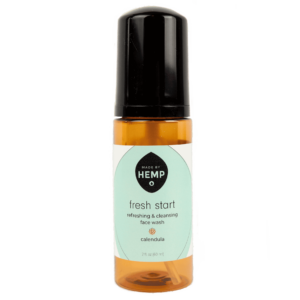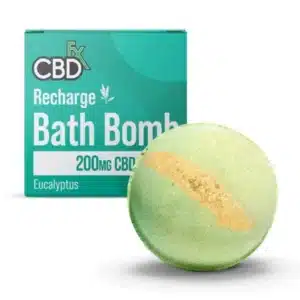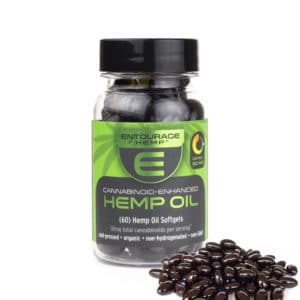Cannabidiol (CBD) is found to provide an array of therapeutic benefits to those who use them. With this in mind, researchers have discovered safe and effective ways to extract CBD from industrial hemp. The quality of CBD depends greatly on the method that is used to extract it, making it important for consumers to understand where their product comes from.
The purpose of CBD extraction is to collect the compound in a highly concentrated form and make it suitable for human consumption. Extracting begins with hemp, which has a natural abundance of the compound and contains low levels of THC. For this reason, hemp is considered an ideal plant for this process. Thanks to the 2018 Farm Bill, CBD is legal throughout the United States.
Why is CBD Extraction Important?
Knowing how CBD is extracted from the hemp plant is just as important as knowing where the hemp plant came from. Both factors determine the quality of the final product. All CBD manufacturers should be able to provide the method of CBD extraction, those who don’t are probably not trustworthy with their practices.
Becoming better educated on how your CBD is extracted is also important due to other company’s lying about the contents of their products. With the 2018 Farm Bill just recently passing, the FDA has not regulated CBD products. This opens the door for companies to lie about the contents of their products. For all you know, you are only getting half (or even less) of the CBD content that is stated on the label. Tests on CBD products done by third-party labs are the best way to combat this problem, as we at Made By Hemp have published all of our results for our customers.
CBD Extraction Methods
CO2 Extraction
This extraction method is the safest and cleanest, considered by most to be the standard.
CO2 is a safe food additive, widely used to carbonate soft drinks. It is also used as an extraction solvent when producing essential oils.
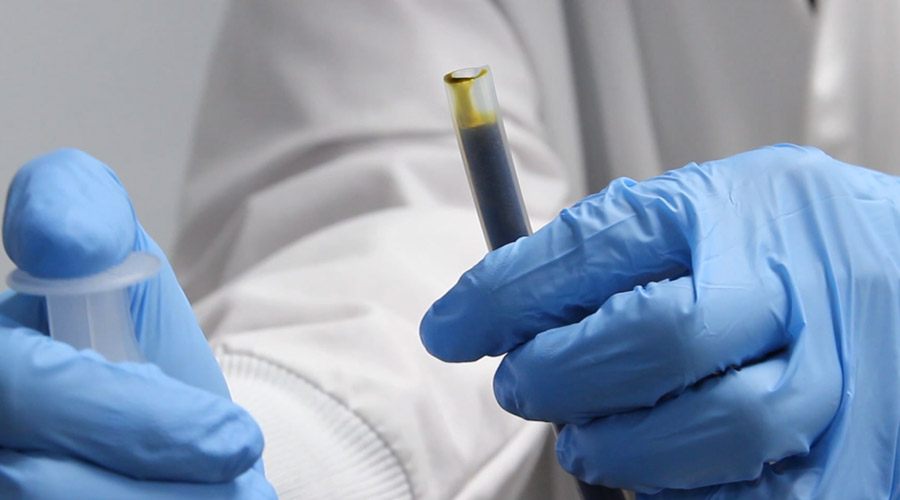
CO2 extraction can be supercritical, subcritical, or mid-critical. These terms refer to what condition the CO2 is placed under during extraction.
Supercritical CO2 Extraction
This method tends to be a more popular method as it results in a pure product. At standard pressure and temperature, CO2 typically behaves like a gas. However, it can be converted into a liquid by introducing it to a temperature below -69 degrees Fahrenheit and a pressure over 75 pounds per square inch (psi). This liquid stage is the starting point for CO2 extraction.
During extraction, the temperature and pressure of the liquid CO2 are increased until it becomes supercritical. In this state, the CO2 has the properties of both a gas and a liquid. Supercritical CO2 can fill a container like gas and maintain density like a liquid. With this being said, CO2 is ideal for chemical extraction because it won’t denature or damage the product.
To extract CBD from the hemp plant, the supercritical CO2 is passed through hemp in an extractor. The CO2 pulls essential trichome and terpene oils from the plant. Remember, trichomes secrete a sticky resin that contains essential cannabinoids.
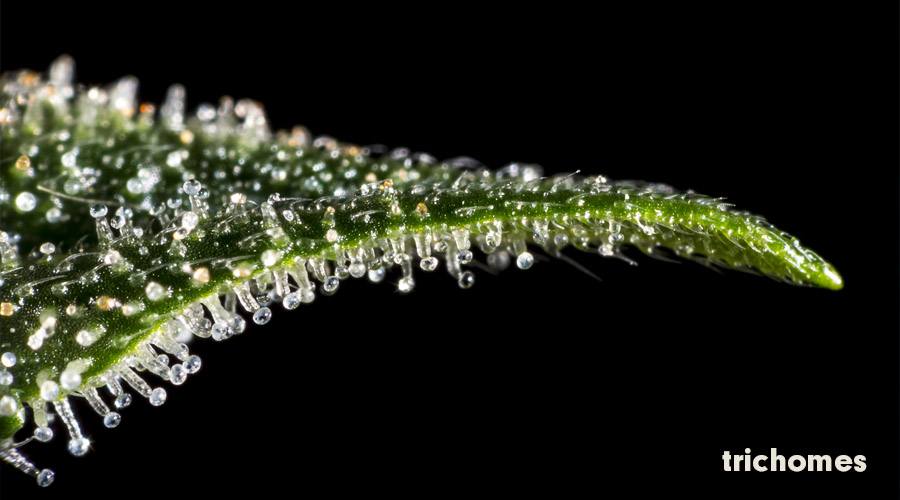
The solution then gets passed through a separator and is broken down into individual parts. The trichome and terpene oils are sent to a collection container and the supercritical CO2 goes through a condenser to be turned back into a liquid.
Supercritical CO2 extraction is the most commonly used method by reputable manufacturers. While it is expensive, this method results in pure CBD.
Solvent Extraction
CBD can also be extracted by using a solvent. Ethanol, low-grade alcohol, and butane are among the most common substances used in solvent extraction.
During this method, the liquid is added to the plant material to strip away the cannabinoids. Once there are enough cannabinoids in liquid form, it is heated to evaporate the material to a oil.
Although a straightforward process, solvent extraction can potentially harmful. Depending on the solvent used, this form of extraction may produce an oil that contains chlorophyll or other harmful contaminants, sometimes including residual chemicals. Certain solvents also destroy plant waxes, which are considered to provide additional benefits.
It is not recommended to try this method at home, as solvents such as butane and ethanol are highly flammable.
Olive Oil Extraction
Olive oil extraction is another method; however, it is not a viable option for larger companies. Due to it being labor intensive while only producing a small yield of product. During this method, the decarboxylated plant material is added to olive oil and heated for several hours. CBD infused olive oil is perishable and should be stored in a cool, dark place.
To learn more about sourcing from a reputable manufacturer, check out our CBD Oil Buyers Guide.
Comparing and Contrasting CBD Extraction Methods
Method 1: Carbon Dioxide (CO2) Extraction
Pros:
- Safe
- Effective
- Produces very pure oil with low risk of contaminants
Cons:
- Expensive
- Requires technical expertise to implement properly
Method 2: Solvent Extraction
Pros:
- Using high-grade alcohol produces quality oil
- Extraction process is very straightforward
Cons:
- Extraction method is extremely dangerous
- Yields an oil that can contain contaminants
Method 3: Olive Oil Extraction
Pros:
- Extraction method is very safe and inexpensive
Cons:
- End product is extremely perishable
- Extraction method results in very low yields
Method 4: Dry Ice Extraction
This extraction method can also be performed at home but requires more time and effort than olive oil extraction. Additional equipment is also necessary to implement this method of extraction. There are several steps to the process, the details of which can be found elsewhere online.
Pros:
- Process is easy to complete
- Very clean results
- Extraction method results in decent yield
Cons:
- If you shake it too long, this will yield extremely low-quality results
- Can also be difficult to get the quantity of dry ice needed for this method
Method 5: Steam Distillation
In this method, steam causes the CBD oil to separate from the plant. The plant material is contained in a glass jar with an inlet through which the steam is introduced and an outlet that connects to a condensation chamber which collects the final results.
Pros:
- Method has been used for centuries
Cons:
- Inefficient
- Not without risk
- If the steam gets too hot, it can alter the chemical properties of the extract
What Happens After Extraction?
Once the raw oil is extracted, it undergoes further refinement through a process called “winterization.” Winterization removes any liquid solvents, unwanted fats, waxes, and chlorophyll, resulting in clean hemp oil with 70-90% CBD, cannabinoids, and terpenes.

